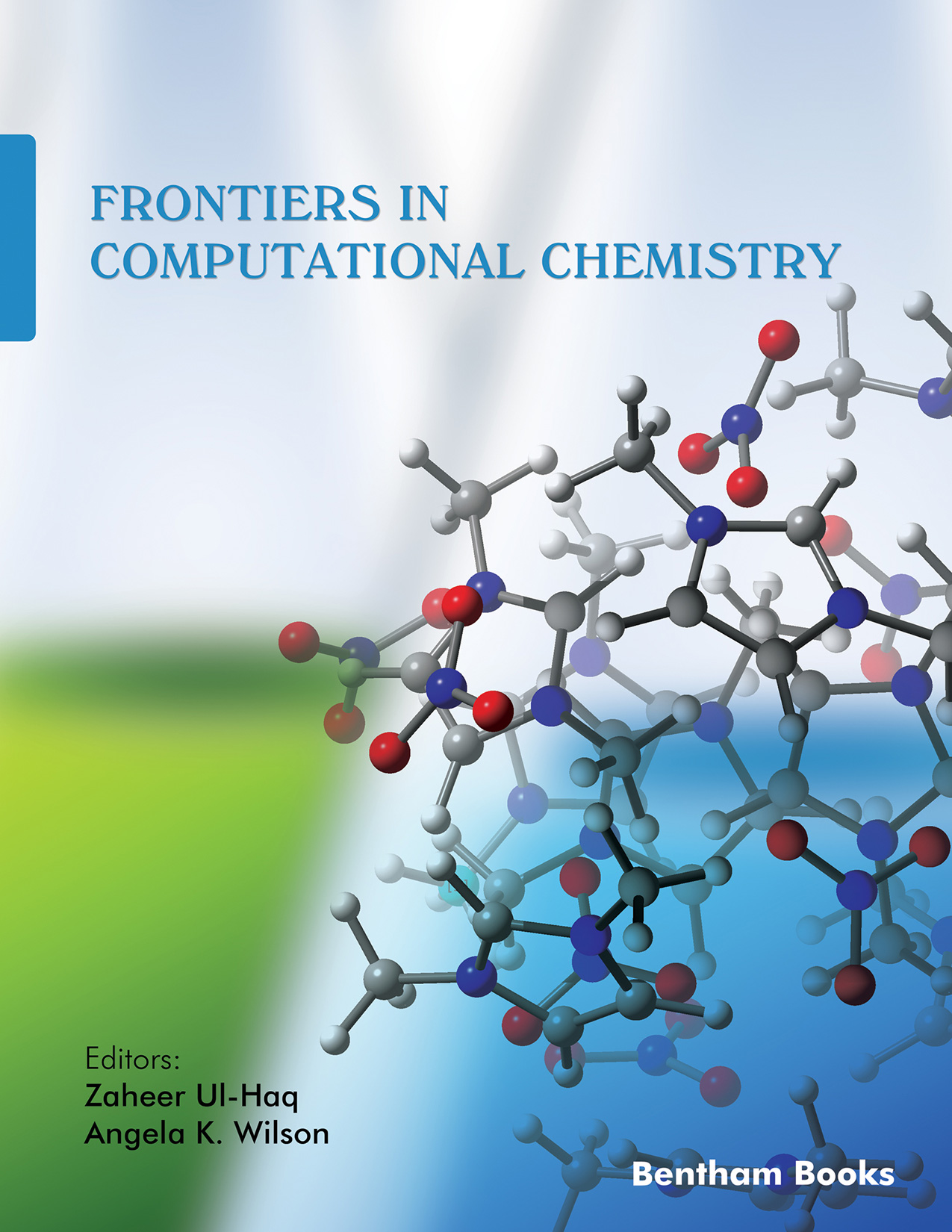Current Trends in Molecular Modeling to Discover New Anti-inflammatory Drugs Targeting mPGES1

- Authors: Yvnni Maria Sales de Medeiros e Silva1, Marianny de Souza2, Daniel Calazans Medeiros3, Washley Phyama De Jesus Marinho4, Anne Dayse Soares da Silva5, Ricardo Olimpio de Moura6, Igor José dos Santos Nascimento7
-
View Affiliations Hide Affiliations1 Postgraduate Program of Pharmaceutical Sciences, Pharmacy Department, State University of Paraíba, Campina Grande 58429 500, Brazil 2 Cesmac University Center, Pharmacy Departament, Maceió, Brazil 3 Cesmac University Center, Pharmacy Departament, Maceió, Brazil 4 Drug Development and Synthesis Laboratory, Department of Pharmacy, State University of Paraíba, Campina Grande 58429-500, Brazil 5 Cesmac University Center, Pharmacy Departament, Maceió, Brazil 6 Postgraduate Program of Pharmaceutical Sciences, Pharmacy Department, State University of Paraíba, Campina Grande 58429-500, Brazil 7 Postgraduate Program of Pharmaceutical Sciences, Pharmacy Department, State University of Paraíba, Campina Grande 58429-500, Brazil
- Source: Frontiers in Computational Chemistry: Volume 7 , pp 197-231
- Publication Date: November 2024
- Language: English
Current Trends in Molecular Modeling to Discover New Anti-inflammatory Drugs Targeting mPGES1, Page 1 of 1
< Previous page | Next page > /docserver/preview/fulltext/9789815179033/chapter-5-1.gif
Inflammation is a natural response to external stimuli related to the protection of the organism. However, their exaggerated reaction can cause severe damage to the body and is related to several diseases, including allergies, rheumatoid arthritis, diabetes, cancer, and various infections. Furthermore, inflammation is mainly characterized by increased temperature, pain, flushing, and edema due to the production of pro-inflammatory cytokines, such as prostaglandins, and can be controlled using anti-inflammatory drugs. In this sense, selective prostaglandin E2 (PGE2 ) inhibition has been targeted and explored for designing new compounds for anti-inflammatory drugs because it can show fewer side effects than non-steroidal antiinflammatory drugs (NSAIDs) and corticosteroids. It is a bioactive lipid overproduced during an inflammatory process, produced mainly by COX-1, COX-2, and microsomal prostaglandin E2 synthase-1 (mPGES-1). Recently, studies have demonstrated that mPGES-1 inhibition is an excellent strategy for designing anti-inflammatory drugs, which could protect against pain, arthritis, acute inflammation, autoimmune diseases, and different types of cancers. Also, in recent years, Computer-Aided Drug Design (CADD) approaches have been increasingly used to design new inhibitors, decreasing costs and increasing the probability of discovering active substances and constantly applying them to discover mPGES-1 inhibitors. Thus, here, this chapter will approach the latest advances in computational methods to discover new mPGES-1 inhibitors that can be promising against several inflammatory conditions. The focus is on techniques such as molecular docking and dynamics, virtual screenings, pharmacophore modeling,fragment-based drug design, quantitative structure-activity relationship (QSAR), and others explored by researchers worldwide that can lead to the design of a promising drug against this target.
-
From This Site
/content/books/9789815179033.chapter-5dcterms_subject,pub_keyword-contentType:Journal -contentType:Figure -contentType:Table -contentType:SupplementaryData105

